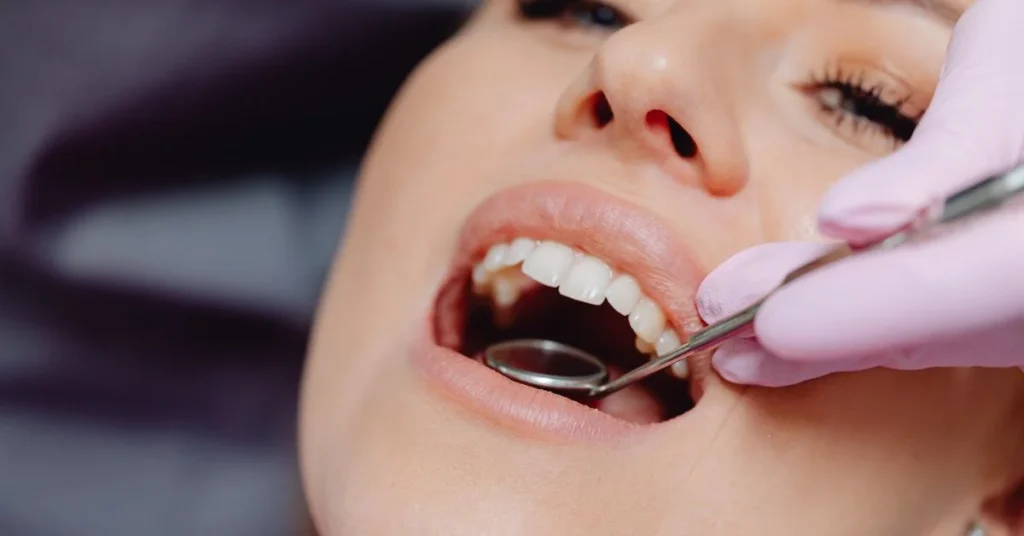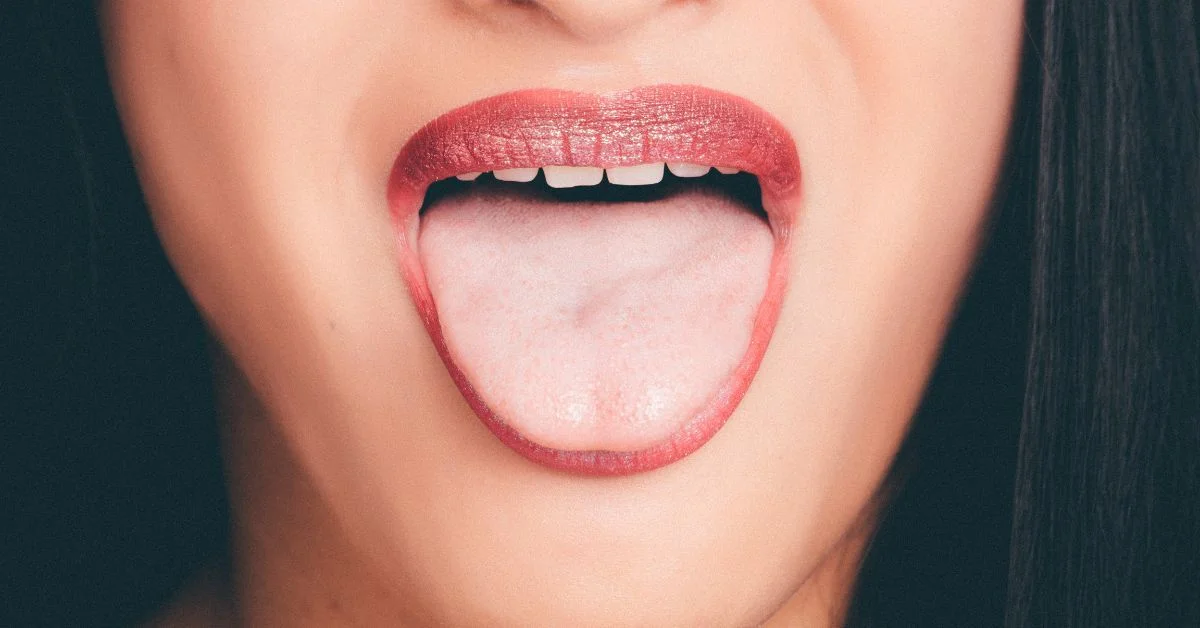Pain in the roof of the mouth—a place we rarely think about until discomfort arises—can be surprisingly disruptive. For many, it begins subtly: a dull ache, a burning sensation after eating, or an odd swelling that becomes increasingly noticeable when speaking or swallowing. While often minor, the causes behind this discomfort range from harmless irritations to underlying health concerns requiring professional attention. Understanding the “why” behind this pain is essential for managing symptoms and maintaining oral health.
This article aims to provide an in-depth, medically grounded explanation for why the roof of your mouth might hurt, structured in a way that prioritizes clarity and practical understanding. You’ll learn about possible causes, related symptoms, diagnostic indicators, and treatment options—written in an accessible, research-driven style that reflects The New York Times’ approach to health journalism.
Anatomy 101: What’s on the Roof of Your Mouth?
The roof of your mouth, medically referred to as the palate, is divided into two parts:
- Hard Palate (front): The bony portion near the teeth, forming the anterior roof of your mouth.
- Soft Palate (back): The muscular part near your throat that helps with swallowing and speaking.
Pain can arise in either section or across both, and understanding which part is affected can help narrow down the cause.
Common Causes of Pain in the Roof of the Mouth
1. Burns from Hot Food or Beverages (Thermal Injury)
One of the most frequent—and usually harmless—causes of pain in the hard palate is a thermal burn, often referred to as “pizza burn.” Hot cheese, soups, or beverages can scald the thin mucous membranes lining your mouth.
Symptoms:
- Redness or peeling
- Raw sensation
- Soreness that worsens with hot or spicy foods
Treatment: Rinsing with cool water, avoiding irritants, and allowing time to heal.
2. Irritation from Spicy or Acidic Foods
Foods high in acidity or spices can temporarily inflame the palate. Think citrus fruits, vinegar-based dressings, or chili-heavy dishes.
Symptoms:
- Burning or tingling feeling
- Redness or mild swelling
- Temporary discomfort after eating
Treatment: Avoid triggering foods, drink plenty of water, and use mouth rinses if needed.
3. Canker Sores (Aphthous Ulcers)
These small, shallow ulcers can develop anywhere inside the mouth, including the palate. Their exact cause isn’t always clear but is often linked to stress, vitamin deficiencies, or minor trauma.
Symptoms:
- Round or oval sores with a white center and red border
- Pain when eating or brushing teeth
- Lasts 7–10 days
Treatment: Over-the-counter topical gels, salt water rinses, and avoiding irritants.
4. Oral Infections
a. Fungal: Oral Thrush
This yeast infection caused by Candida albicans can affect the roof of the mouth, especially in infants, elderly people, and those with weakened immune systems.
Symptoms:
- Creamy white patches on the palate
- Redness or soreness underneath
- Cracking at the corners of the mouth
Treatment: Prescription antifungal medication (nystatin or fluconazole).
b. Viral: Herpes Simplex Virus (HSV-1)
Cold sores can sometimes manifest on the palate, especially in initial infections.
Symptoms:
- Painful blisters or ulcers
- Fever, fatigue in initial outbreak
- Tingling before appearance
Treatment: Antiviral medication like acyclovir or valacyclovir.
5. Dehydration and Dry Mouth (Xerostomia)
Lack of adequate saliva can lead to dryness and irritation in the roof of the mouth. Common in older adults or those taking certain medications.
Symptoms:
- Dry, sticky feeling
- Sore or burning sensation
- Cracked lips or tongue
Treatment: Stay hydrated, use saliva substitutes, or chew sugar-free gum.
6. Allergic Reactions
Allergic responses to food, dental materials, or medications can cause palatal inflammation.
Symptoms:
- Swelling or itching in the mouth
- Hives or rash
- Difficulty breathing (severe cases)
Treatment: Remove the allergen, take antihistamines, and seek medical attention if severe.
7. Trauma or Injury
Sharp food, rough brushing, or dental appliances like braces can damage the soft tissues of the palate.
Symptoms: Roof of Your Mouth
- Visible cuts or abrasions
- Pain with pressure or chewing
- Localized swelling
Treatment: Avoid trauma, apply oral antiseptics, and allow time for healing.
8. Oral Cancer (Rare but Serious)
Persistent pain or lesions that do not heal may indicate oral cancer. Risk factors include smoking, heavy alcohol use, and HPV infection.
Symptoms:
- A persistent sore or lump
- Bleeding or numbness
- Difficulty swallowing or speaking
Treatment: Requires a biopsy for diagnosis and may involve surgery, radiation, or chemotherapy.
9. Burning Mouth Syndrome (BMS)
This condition involves a chronic burning sensation without a visible cause, often affecting the palate, tongue, and lips.
Symptoms:
- Ongoing burning or scalding feeling
- Dry mouth or altered taste
- Often worsens over the day
Treatment: Complex and may include medication, behavioral therapy, or dietary changes.
10. Autoimmune Conditions
a. Sjögren’s Syndrome
An autoimmune disorder that causes dry mouth and eyes due to impaired salivary glands.
b. Lupus or Pemphigus Vulgaris
Can present with painful oral lesions.
Symptoms:
- Chronic dryness
- Mouth ulcers or blisters
- Fatigue or joint pain (systemic signs)
Treatment: Requires management by a rheumatologist and often includes immunosuppressants.
When to See a Doctor: Roof of Your Mouth
While most cases resolve on their own, medical attention is recommended if:
- Pain lasts more than 10 days
- Lesions do not heal or worsen
- You experience systemic symptoms like fever, fatigue, or weight loss
- Swallowing or breathing becomes difficult
A dentist, primary care physician, or ENT specialist can evaluate further.

Diagnosis: Roof of Your Mouth
A healthcare provider will typically begin with a visual exam and your health history. Additional steps may include:
- Swab cultures (for fungal or viral infections)
- Biopsy (to rule out cancer)
- Blood tests (for autoimmune conditions)
- Allergy testing
Prevention: How to Protect the Roof of Your Mouth
- Avoid extremely hot food and drinks
- Use a soft-bristled toothbrush
- Maintain good hydration
- Limit sugar and yeast-heavy foods to prevent thrush
- Manage stress to reduce canker sores
- Maintain regular dental check-ups
Lifestyle Factors That May Influence Mouth Pain
- Smoking and Alcohol: Both irritate the oral mucosa and delay healing.
- Nutrition: Deficiencies in B12, iron, or folate can cause mouth ulcers.
- Sleep: Poor sleep increases cortisol levels and weakens the immune system.
- Mouth Breathing: Especially during sleep, this can dry out the palate and cause morning discomfort.
Conclusion: Roof of Your Mouth
Pain on the roof of your mouth is usually minor and self-limiting, often caused by food-related irritation or minor trauma. However, persistent or severe pain can signal an underlying condition that requires medical evaluation. The key is to pay attention to patterns—what triggers the pain, how long it lasts, and whether other symptoms accompany it. With proper care and attention, most causes of palatal pain can be managed effectively and comfortably.
FAQs : Roof of Your Mouth
1. Can stress cause pain on the roof of the mouth?
Yes. Stress can trigger canker sores or burning mouth syndrome, both of which can cause palatal pain.
2. Is mouth roof pain ever serious?
Rarely. However, if the pain persists beyond 10 days, is associated with bleeding, or affects swallowing, see a doctor.
3. Why does it hurt when I eat hot or spicy food?
The roof of your mouth contains sensitive mucous membranes. Spices or heat can irritate or burn this area, causing pain.
4. Can dehydration cause pain in the roof of the mouth?
Yes. Dehydration leads to dry mouth, which can make the palate feel sore or irritated.
5. How can I relieve roof-of-mouth pain at home?
Cool rinses, avoiding irritants, and using over-the-counter oral gels can help. If symptoms persist, consult a healthcare provider.
For more information, click here.









